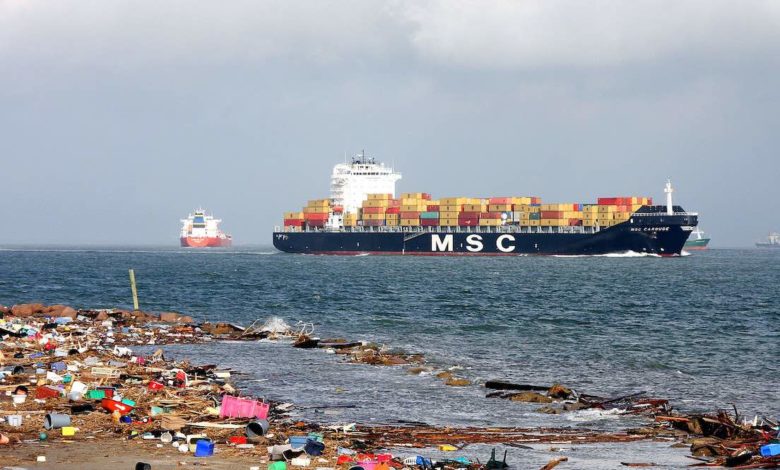Plastics at sea tracking initiative launches

Shipping leaders have united in their support of pollution mapping initiative Eyesea which was officially launched today.
Eyesea, a not-for-profit organisation, uses technology and the support of seafarers, shipowners, managers and maritime professionals to collect and process oceanic pollution data.
The data is used to build detailed maps and charts available free of charge to governments, clean-up groups, researchers, local authorities and a range of other stakeholders, enabling them to take targeted clean-up action and make evidence-based policy decisions.
“With the full support of the shipping community we believe Eyesea is a game-changer for global maritime pollution,” said Eyesea founder, Graeme Somerville-Ryan.
Eyesea is a unique opportunity for the shipping industry to be the leader in environmental management and to work with members of the public for the good of the ocean
“Everyone from shipping involved in this project wants to tackle marine pollution in a more systematic and qualitative way than is currently possible. That was our start point. The solution we settled on was to create the first-ever global database of oceanic pollution. By identifying and tracking patterns of pollution over time, stakeholders will also be able to focus resources and policies to improve prevention,” said Somerville-Ryan.
Approximately 60 commercial ships and a number of superyachts are currently preparing for sea trials of the beta version of the Eyesea app.
The Eyesea reporting tool allows seafarers to collect and submit data on marine pollution by simply taking a photo and categorising the pollution type. Images are then automatically GPS-tagged, anonymised, and vetted before being incorporated into a comprehensive database of pollution to enable Eyesea to create detailed oceanic maps and charts.
“When we looked into the problem of blue water and coastal marine pollution, we found there was very little global data on the problem,” said Somerville-Ryan. “There were many assumptions based on small-scale data samples and unicorn-like rumours, but there was very little large scale data backed up by georeferenced points of interest. It occurred to us that solving the pollution problem was going to be impossible if we didn’t know accurately what was going on and where. Eyesea’s data and maps will empower environmental leaders with actionable, empirical evidence.”
Ignace Van Meenen, executive board member at MPC Capital and Eyesea’s inaugural chairman, said: “As an industry, we have so much good to offer when it comes to environmental protection, but up until now, there have been few obvious shipping-backed initiatives to support. Eyesea is a unique opportunity for the shipping industry to be the leader in environmental management and to work with members of the public for the good of the ocean. We’ve not seen anything quite like this before.”
For more information, and how to participate in the project, check out www.eyesea.org.

Shipmasters keep postponing garbage disposal ashore because shipowners are always looking for ports that are cheaper.
MARPOL Annex V needs to be amended to make garbage disposal compulsory at every port. And it should be free. Only then can the shipmasters be expected to join the effort to clean up the oceans.
This is only one part of the problem. The other major source of plastic pollution are the rivers that bring the garbage from inland.